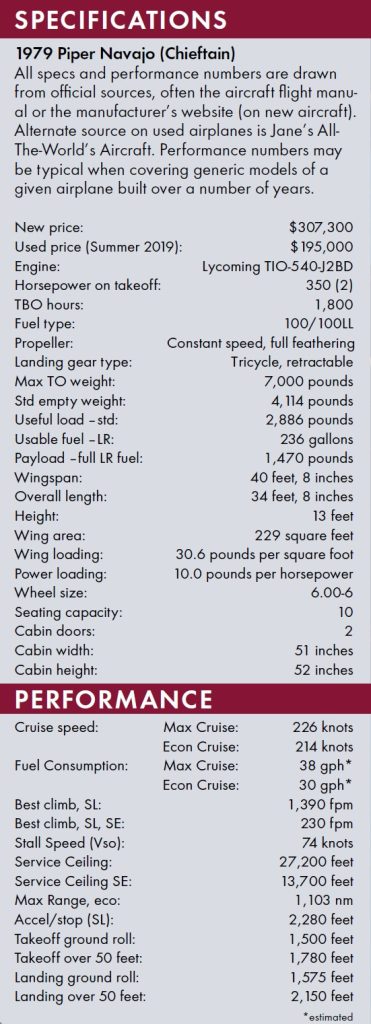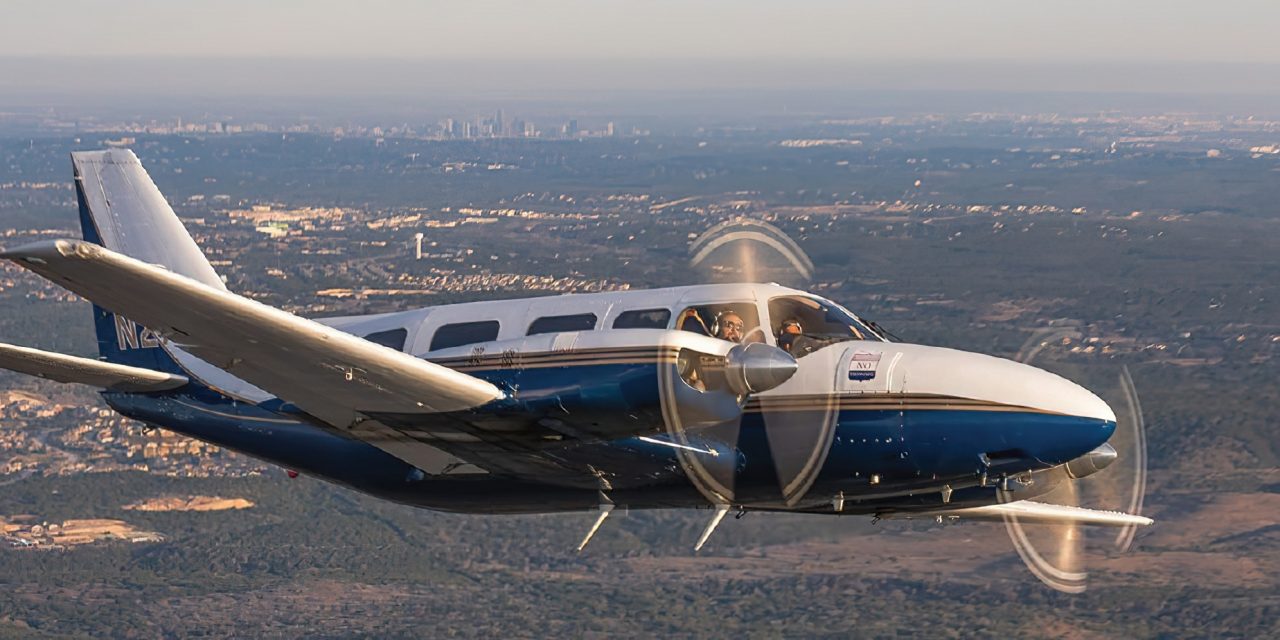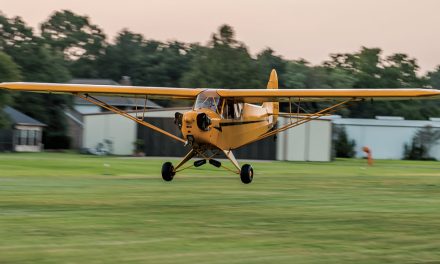As well-suited to the Outback as it is to LAX
Photos by Jack Fleetwood, (www.JackFleetwood.com)
When Piper created the PA-31 Navajo in the late ’60s, the original concept was to launch a new family of Pipers. The new model was a combination corporate/freight airplane intended to serve the heavy-haul twin market.
The old Aztec had been a reliable airplane — gentle and forgiving, everyone’s favorite twin, always willing to find another cheek — but the Aztec was limited to six seats, and all six occupants boarded over the wing.
The first Navajo was configurable for two crew and seven passengers, and the premise was that it would be a viable machine, both for the boondocks of the world in utility mode and as a reasonable luxury traveling machine for low-altitude business travel.
At the time, Cessna was betting its money on the 402, another unpressurized business airplane intended to transport two pilots and seven to eight passengers on short haul routes to semi-remote places.
For its part, Beech was producing the Queen Air, a big, comfortable, cabin-class twin designed around the same parameters.
Perhaps sadly (or perhaps not, considering the contractions in the market), all those airplanes are gone now. Cessna 402s and Piper Navajos of various descriptions still fly in unlikely places all over the world. The Navajo is the most numerous simply because there were four different models to choose from and because Piper became famous for offering excellent international product support.
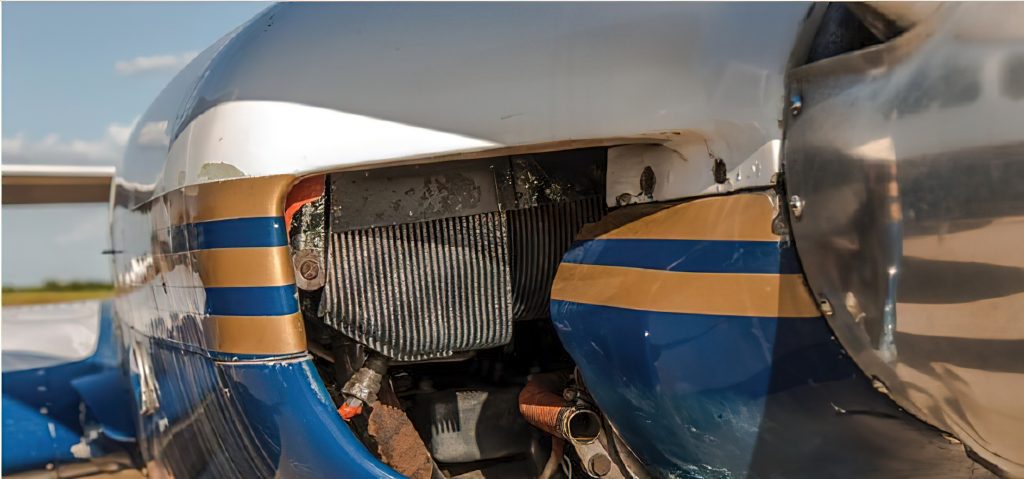
Piper introduced the straight Navajo in 1967, a foundational model available in both 300-hp normally aspirated and 310-hp turbocharged versions. The Chieftain came next in 1973, a stretched, heavy hauler that was to become the top of the line with a pair of 350-hp engines. In 1975, Piper began offering an in-between model, the Navajo CR (counter-rotating), with mirror image engines in 325-hp trim. All the Navajo models’ engines were variations of the Lycoming IO-540, whether normally aspirated, turbocharged, or powered up and turbocharged.
My international delivery work over the last 40 years has reflected the popularity of the Navajo, as I’ve ferried about 20 of the type to destinations ranging from Africa and the Middle East to Australia and Asia. It’s no big surprise that the majority of those airplanes have been Navajo Chieftains, which was by far the most popular of the type and a big money maker for Piper from 1973 to the end of production in 1984.
There was also a super-luxe, corporate model, the Pressurized Navajo. The P-Nav flew behind huge, geared Lycoming TIGO-541s rated for 425-hp per side, but that airplane accounted for perhaps the least number of PA-31s.
My most recent international delivery flight in a Navajo was from Houston, Texas, to Douala, Cameroon, on the west coast of Africa. Typical of airplanes bound for foreign delivery, the Chieftain was fitted with every option, including a full panel of Garmin whiz-bang radios and a luxury interior that seemed to fly in the face of its new mission. It was a brilliantly restored machine, resplendent in new paint and upholstery and bound for hunting camps in interior Cameroon. The premise was that well-heeled big game hunters would jet into Douala, then fly in the Chieftain to game camps located in the jungle.
Navajos have been adaptable to a variety of missions. They’re especially attractive as bush transports in some of the outback regions of Africa, the Middle East, Australia, and other destinations where wild is more the rule than the exception. The PA-31s offer reasonably good short-field performance, an excellent payload and a long, tall cabin. In combination with tough pneumatic landing gear capable of dropping into short, unimproved strips, the Navajo, in whatever iteration, has become something of a Piper for all reasons.
The smallest of the family is the Navajo 300/310, with a 2-foot shorter fuselage and 500-pound lower gross weight than the Chieftain. From the airplane’s introduction in 1967, the basic Navajo 310 gained a reputation for delivering good efficiency with a generous space for passengers. The new cabin class Piper quickly became a favorite with small businesses that needed a corporate transport for short- to medium-range missions.
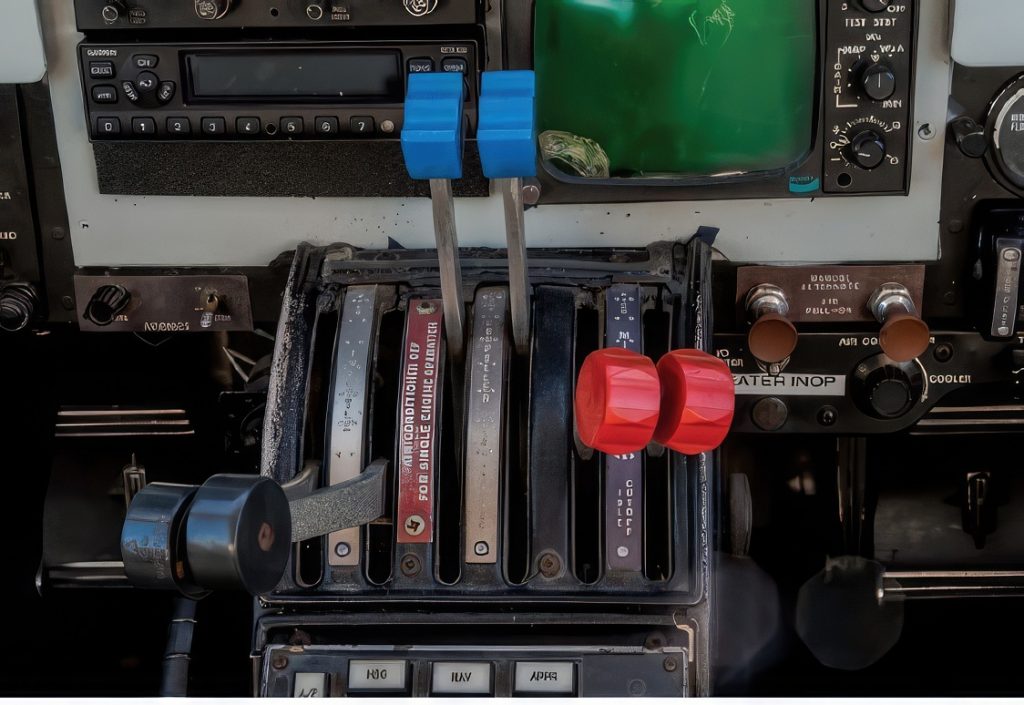
Colemill Conversions of Cornelia Fort Airport, outside Nashville, recognized the type’s popularity immediately and did good business converting the littlest Navajo to the Chieftain’s big, 350-hp engines, creating a kind of super-bird known as the Panther Navajo. Principals Bill Colbert and Russ Hancock sold that mod for 25 years and helped keep the company afloat during good times and bad.
Piper only built the normally aspirated 300-hp Navajo for two years before concentrating all its efforts on the turbocharged versions. Performance ranged from 1,200- 1,400 fpm climb, with and without blowers under the bonnets respectively, and offering max cruise numbers of 185 knots to 210 knots, the latter on the turbo model at oxygen altitudes.
The reality was that many Navajo missions were relatively abbreviated and were conducted in the bottom 10,000 feet of sky. A typical Navajo could cruise at 180- 185 knots down low, and if conditions demanded higher altitude, the turbochargers provided the extra punch to loft up into the flight levels above 18,000 feet.
Piper’s next largest entry in the Navajo family was the PA-31-325CR. As the designation implies, this airplane featured 325-hp per side with both props turning inboard. Unlike standard twins, rotating the right engine to the left generates symmetrical thrust to eliminate the critical engine problem in the event of an engine failure. The 325-hp engines also added a few knots to cruise, but the primary benefit was slightly improved single-engine performance and better engine-out manners.
All the entry-level Navajos shared the same wings, fuselage, and empennage; the same seating configuration; and most of the same metal pieces along with comparable performance. In the mid-production year of 1975, the price difference between the 300/310/325 and the Chieftain was about $30,000, so the difference was well worth it if you had a need for the Chieftain’s large hauling capacity. New prices for typically equipped airplanes in 1975 were: $192,620 for the Navajo C, $200,730 for the Navajo CR, and $228,775 for the Chieftain.
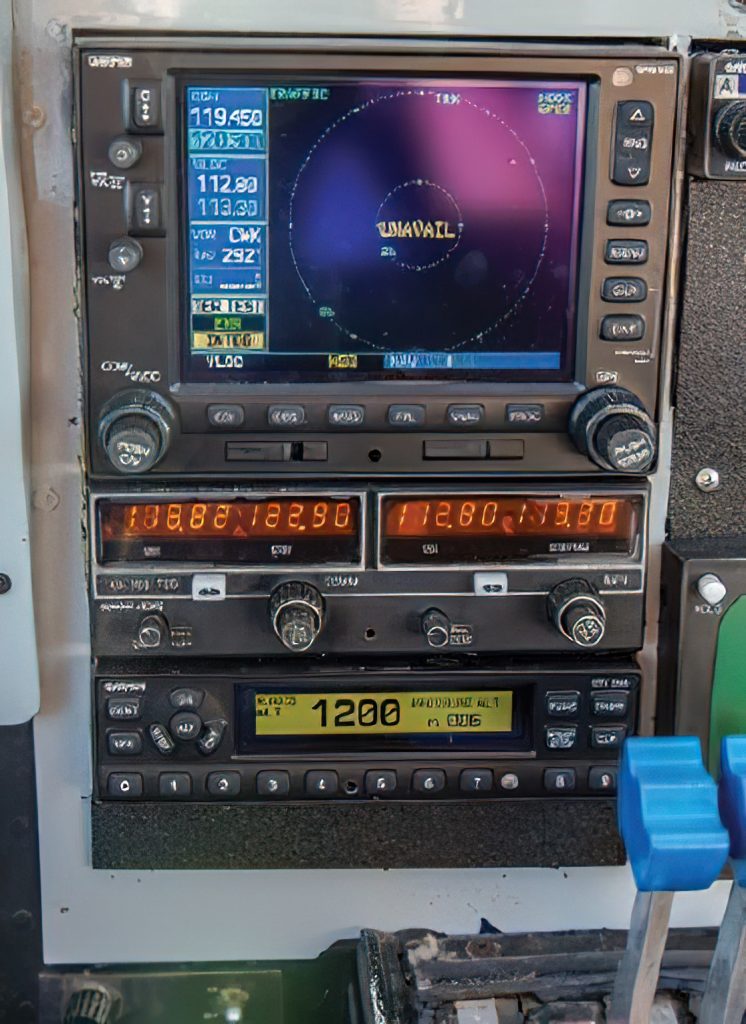
The Chieftain was, therefore, the undisputed queen of the fleet, rated for up to 10 seats and approved for flight at 25,000 feet. Actually the airplane was approved for flight at a service ceiling of 27,000 feet, the eventual RVSM limit, but the oxygen system was only rated to 25,000 feet. The Chieftain was especially popular in the charter business, offering a useful load approaching 2,500 pounds.
Seats and payload are the bottom line when pounds translate directly to dollars, and that made the Chieftain an outstanding working airplane. With a reasonable 1,000 pounds of fuel aboard, enough for four hours endurance plus reserve, this left a payload of 1,500 pounds. At that weight, the airplane could accommodate 10 lightweights — or a pair of Sumo wrestlers.
If the mission demanded long range rather than a heavy load, the Chieftain’s optional 236-gallon tanks provided a range well over 1,100 nm (at economy cruise settings). Such a long reach made the Navajo a good corporate transport, able to fly short missions with all seats full or travel coast-to-coast with one stop in a single day, albeit a long one.
Entry was through an aft-left, double clamshell door. The Chieftain also featured a crew door above the left wing that allowed the crew to board directly into the flight deck without having to come up the aisle.
All the Navajos featured nose baggage compartments and wing lockers that allowed stowing cargo and bags outside the cabin. The CG range was wide, and you could usually load pretty much anything wherever you needed without concern for pushing the balance point out the back of the envelope. Better still, passengers could change seats in flight without undue concern in the front office.
If cargo was your load of choice, Piper provided a variety of options to facilitate your trip. Most Chieftains were fitted with quick-change interiors that allowed the pilot to remove the seats and configure the airplane for all-cargo transport.
As mentioned above, the turbocharged models offered good high-altitude capabilities, and if the mission demanded such heights, the Navajos were willing. Without pressurization, however, pilots rarely ascended to FL250, and operators usually could avoid the additional expense and inconvenience of carrying and using oxygen. Many owners and charter operators got in the habit of flying in the low- to mid-teens where terrain and weather were easily topped, radio range was better, and the air was generally smooth and untroubled. Flight at 11,500 to 12,500 feet was popular, and if big weather or tall terrain demanded a higher altitude, everyone could strap on a mask, and the Navajo could ascend into thin air.
What probably endeared Navajos the most was the type’s ability to leap in and out of relatively short, often unimproved strips without breaking a sweat. No one would ever mistake a PA-31 for a STOL airplane, but if there were clear approach and departure paths in reasonable wind and temperature conditions, a Chieftain pilot could usually plan on taking off and landing in 2,000 feet or less.
Add an extra 500 horizontal feet and the big Chief could clear the ubiquitous 50-foot obstacle that always seemed to lurk on the departure path at most airports.
The turbochargers also contributed to the airplane’s ability to match the mountains. I delivered a Chieftain to South Africa and the new owners asked me to fly for them for two weeks before returning to the states. It was mid-summer in the Southern Hemisphere, and Johannesburg (elevation 5,550 feet MSL) was typically hot and stormy. No matter. The Navajo pretty much ignored the high-density altitude conditions. I’m sure some of the air densities were close to five figures, but the Chieftain always overcame.
Load flexibility was another winning characteristic of the Navajo. With a single pilot in the left front seat of a Chieftain, you could load as much as 1,300 pounds on the flat floor in the cabin. Piper offered an ultra-wide cargo door aft of the main entryway that allowed loading wide objects from the rear. Chieftains have been known to carry everything from coffins to drilling equipment, canceled checks to U.S. mail, two full-dressed-out moose to a six-pack of skydiving Elvis impersonators, and anything in between.
Like so many other airplanes in general aviation, Navajos can be made young again, despite their age. If you’re in the market for a Chieftain, you should be able to find a decent 1979 model for less than $200,000, according to Aircraft Bluebook, the standard pricing guide for the general aviation industry. No, that’s not cheap, but it’s less than half the price of many new, four-seat singles these days.
With one or two up front and six to eight in back, the Chieftain is an extremely plush, 200-knot, 1,000 nm range twin for about one-third to one-quarter the cost of a new airplane. Operating costs definitely won’t be cheap, and maintenance on a 40- to 45-year-old airplane can be a little disconcerting, but for big families or small companies in need of comfortable cross-country transport, a Navajo may be one of the best investments you can make.
